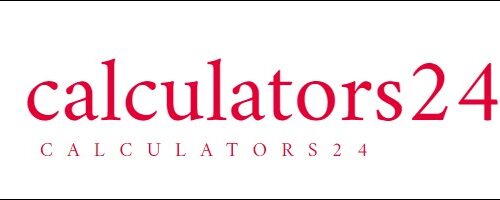Enter the number of bits:
Result:
Petabits (Pb)Navigating the Digital Landscape: Deciphering Bits to Petabits
In the expansive realm of digital information, our comprehension hinges on the units of measurement that decode the colossal volumes of data we encounter daily. This article delves into the intricacies of bits and petabits, unraveling their significance, and introduces a practical converter facilitating the seamless transition between these fundamental units.
Bits: The Elemental Fabric of Digital Information
Bits, succinctly derived from “binary digits,” serve as the elemental building blocks of digital data. Each bit resides in a binary state, oscillating between 0 and 1. Every facet of the digital domain, whether it be text, images, videos, or software, is an amalgamation of these binary bits. Functioning as the most minuscule data components, bits are indispensable for digital communication and computational processes.
Petabits: Taming the Behemoth of Data
In the relentless march of technological progress, our data needs burgeon exponentially, leading us to grapple with mind-bendingly vast data sizes. This is where the grandiose unit of “petabits” assumes significance. A petabit (Pb) equals an astronomical 1 quadrillion bits, precisely 1,000,000,000,000,000 bits. Petabits find prominence in realms that demand extensive data storage, swift data transmission, and expansive network capacities.
Bridging the Gulf: Bits to Petabits Conversion
The transition from bits to petabits involves navigating a significant scale disparity between these two units. The conversion process adheres to a straightforward formula:
javascriptCopy code
Number of Petabits (Pb) = Number of Bits / 1,000,000,000,000,000
For a more user-friendly experience, the “Bits to Petabits Converter” is conveniently presented above. Input the desired number of bits, execute the conversion with a click, and witness the swift display of the equivalent number of petabits.
Comprehending the nexus between bits and petabits proves paramount, particularly in domains where data volumes attain staggering proportions. The inclusion of this converter provides an expedient mechanism to seamlessly transition between these units, fostering efficient data management, communication, and analysis in the realm of massive datasets and high-capacity data infrastructure.
